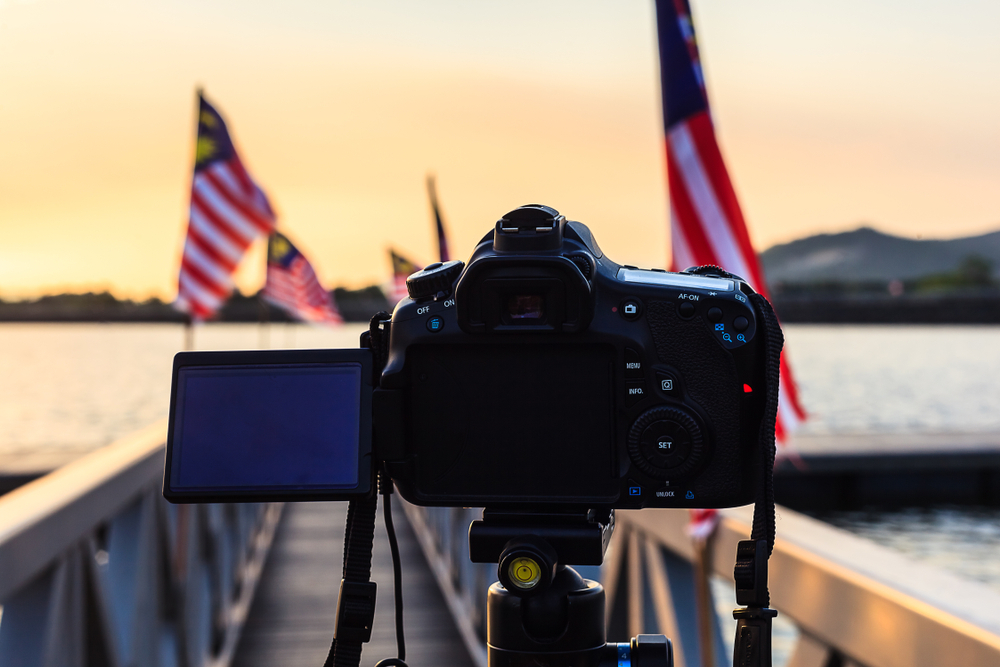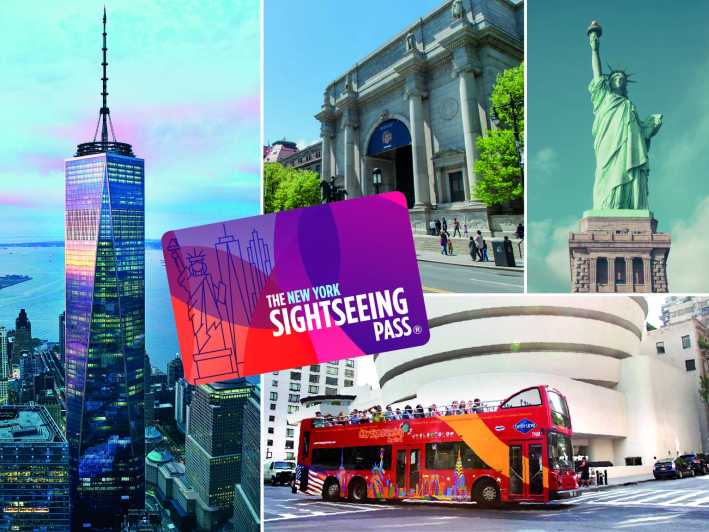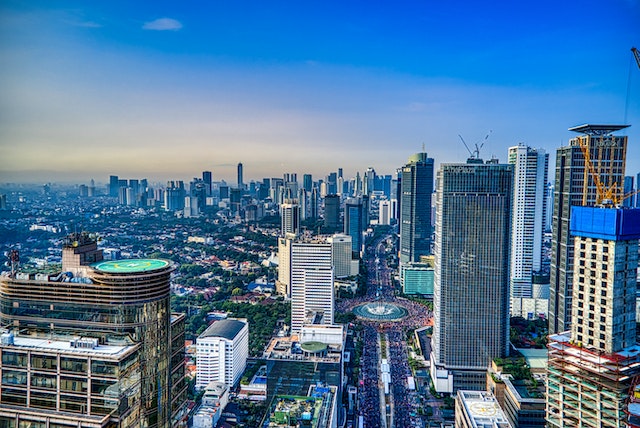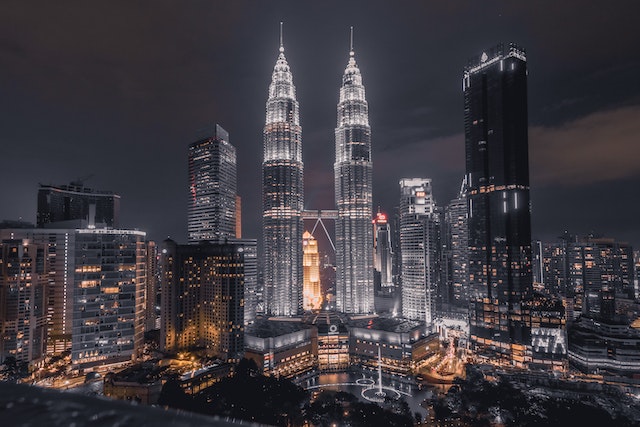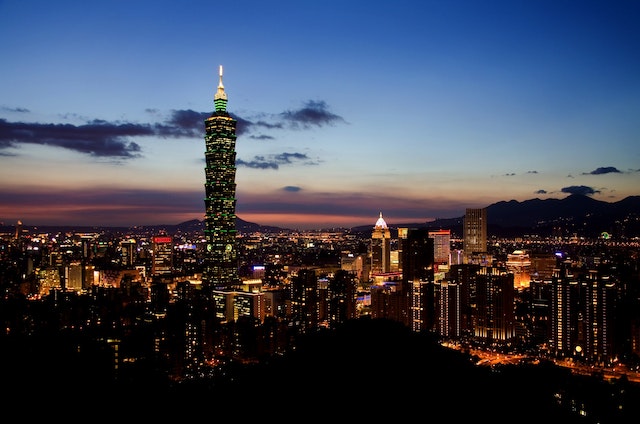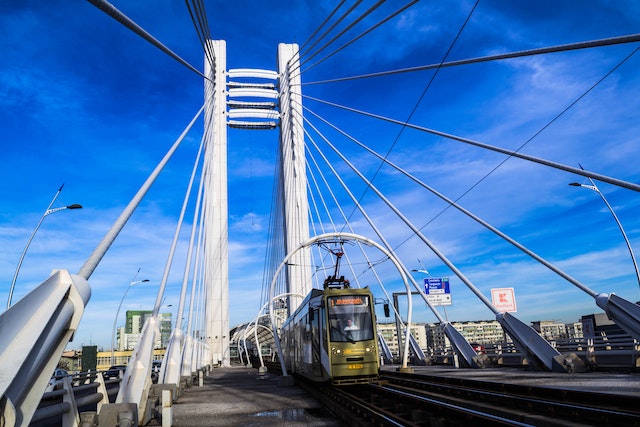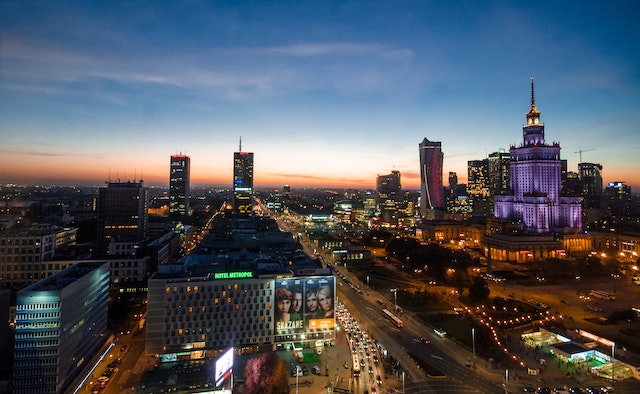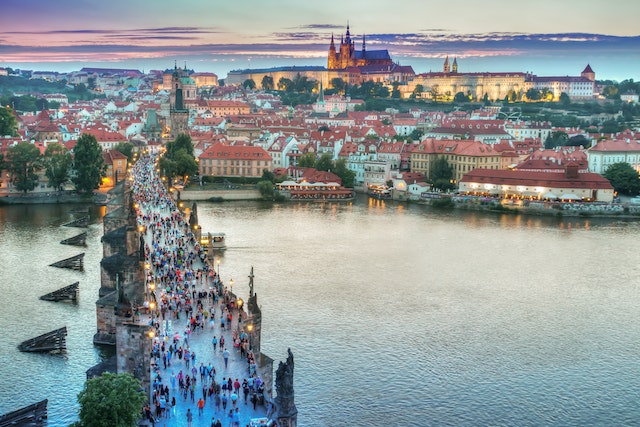When it comes to travel photography, capturing stunning images goes beyond having the latest equipment. Mastering composition is a key aspect that can elevate your travel photos from ordinary to extraordinary. By understanding and applying various composition techniques, you can create visually appealing and captivating images that tell compelling stories of your travel experiences. In this article, we will explore essential techniques for mastering composition in travel photography and provide practical tips to help you create stunning travel photos.
The Rule of Thirds:
The rule of thirds is a fundamental composition technique that involves dividing the frame into nine equal parts using two horizontal and two vertical lines. By placing your subject or key elements along these lines or at their intersections, you create a visually balanced and engaging composition. Experiment with different placements to find the most effective arrangement for your travel photos.
Leading Lines:
Utilizing leading lines is an effective way to guide the viewer’s eye through your image and create a sense of depth and dimension. Look for natural or man-made lines such as roads, rivers, bridges, or architectural elements that lead towards your main subject. Incorporating leading lines can add visual interest and draw attention to the focal point of your travel photo.
Framing:
Framing involves using elements within the scene to create a frame around your subject. This technique adds depth and context to your composition while directing the viewer’s focus towards the main subject. Experiment with natural frames such as archways, windows, or foliage, and consider how they interact with your subject to enhance the overall composition.
Balancing Elements:
Achieving balance in your travel photos helps create a harmonious composition. Consider the distribution of visual weight within the frame and how different elements interact with each other. Use contrasting or complementary subjects, colors, or shapes to achieve a balanced composition. Remember that balance doesn’t necessarily mean symmetry, but rather a pleasing arrangement of elements.
Rule of Space:
The rule of space is particularly relevant when photographing moving subjects or subjects with a sense of direction. By leaving space in front of the subject, you create a visual cue that implies movement or a sense of destination. This technique adds dynamism and a narrative element to your travel photos, making them more engaging and compelling.
Patterns and Textures:
Patterns and textures can add visual interest and complexity to your travel photos. Look for repetitive elements, such as tiles, fabrics, or natural formations, to incorporate into your composition. These patterns can create a strong visual impact and provide a unique perspective of the location you are capturing.
Negative Space:
Negative space refers to the empty or unoccupied areas within your frame. Using negative space strategically can draw attention to your subject, create a sense of simplicity or solitude, and evoke emotions. Experiment with minimalistic compositions and use negative space to convey a particular mood or emphasize the scale of your subject in the travel photo.
Conclusion
Mastering composition is a crucial skill for any travel photographer aiming to capture stunning and impactful images. By understanding and applying these composition techniques, such as the rule of thirds, leading lines, framing, and balancing elements, you can elevate your travel photography to new heights. Remember, these techniques are not rigid rules but rather guidelines to help you explore your creativity and tell compelling stories through your travel photos. So, grab your camera, embrace these composition techniques, and embark on a journey to capture stunning travel photos that will leave a lasting impression.

